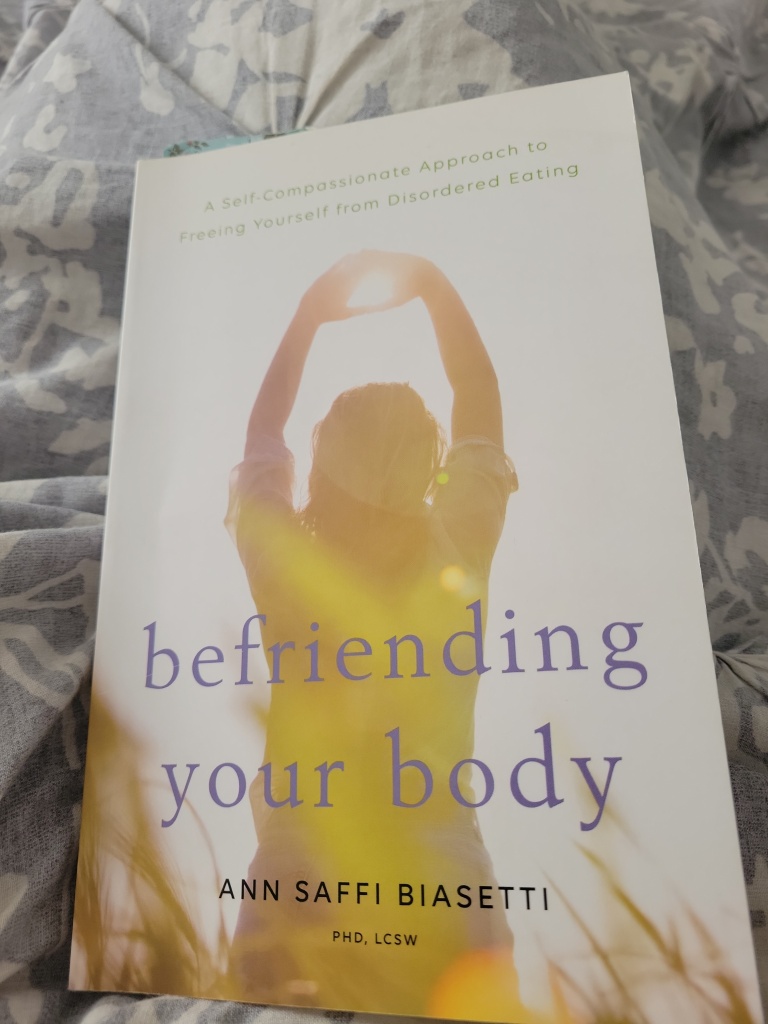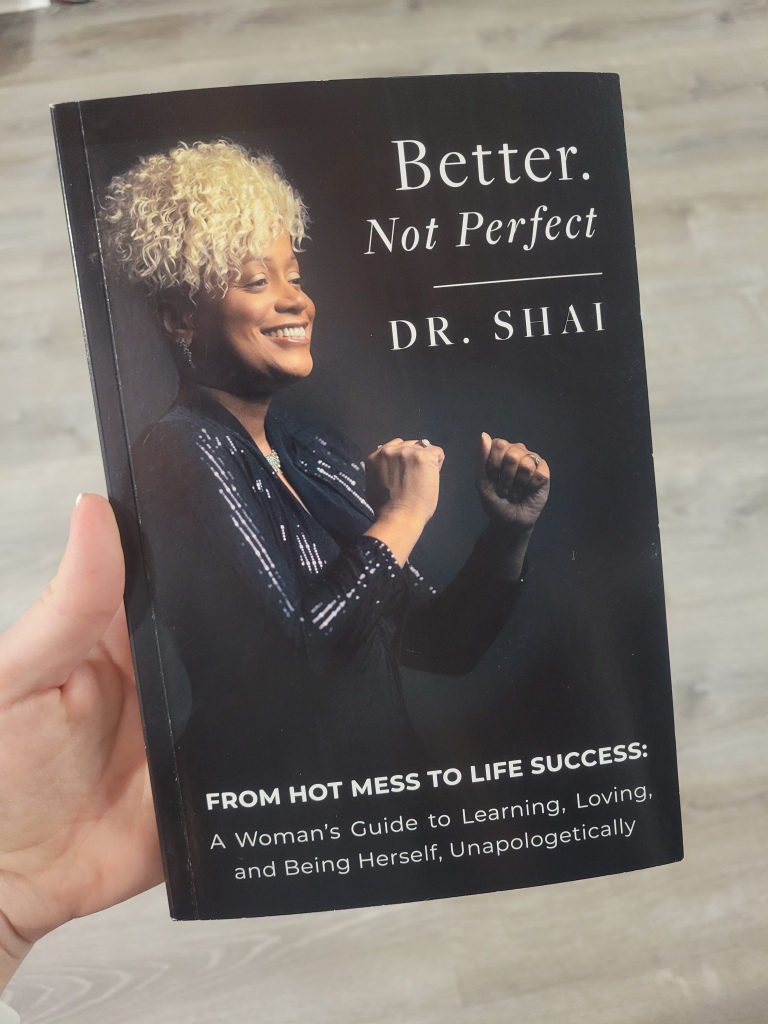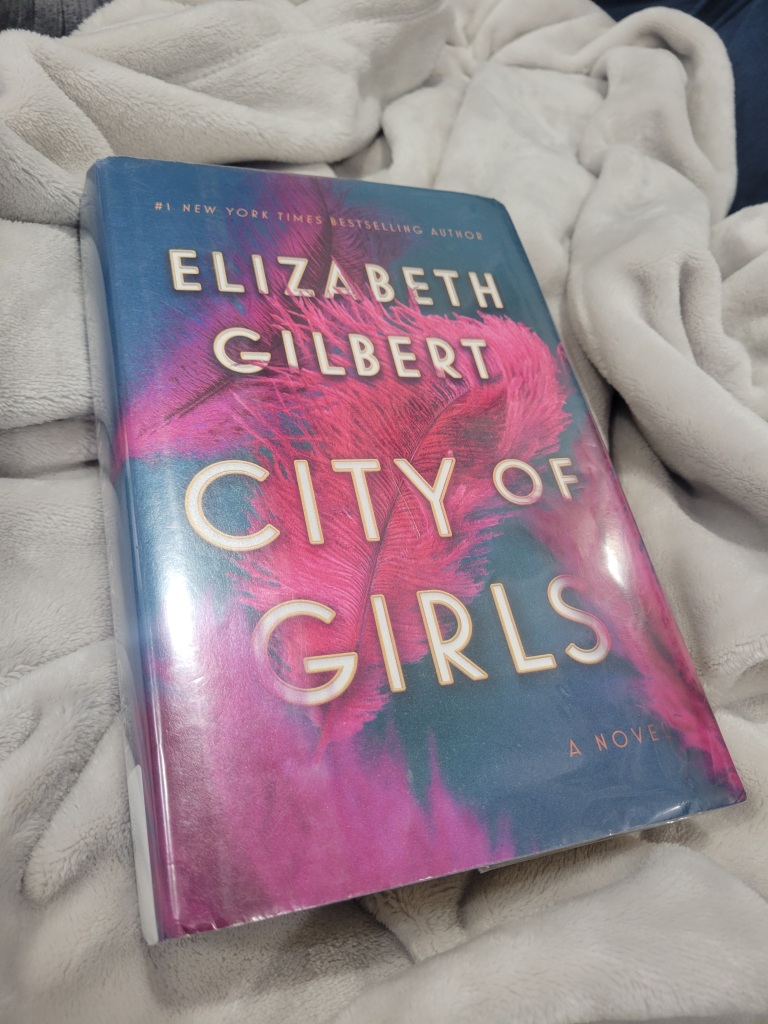For a while, Lessons in Chemistry was one of the biggest literary hits. Every woman I knew seemed to be reading it. So when I finally got around to it, it was just in time for the new adapted limited series version of the book to debut on Apple TV+, starring Brie Larson. I’ve found the book to be slightly controversial. The controversy being over how much people actually liked it. Half of my friends absolutely loved it, and the other had no care for it. Some couldn’t even get through it. Personally, I thought it lacked some subtlety, but I really enjoyed the book and enjoyed the streaming series equally, despite the many changes it made. Here’s a look at some of those changes.
**Warning: SPOILERS BELOW
- The TV series added a “Ms. Hastings” pageant
In the first episode, the series includes a Ms. Hastings pageant within Elizabeth’s office. Elizabeth, the staunch feminist that she is, doesn’t want to participate, but is forced into it and ultimately walks out early, much to the dismay of the other women participating. This addition stands to further show what an outcast Elizabeth is and how feminist and beyond her time she is. But as viewers and readers, I felt we were beaten over the head with this theme so many times that the addition of a pageant wasn’t necessary.
2. Harriet’s home life and connection to Elizabeth and Calvin
The series GREATLY revamped the Harriet character. In the book, Harriet is one of Elizabeth’s neighbors who comes to help her after Elizabeth gives birth to Mad. Harriet essentially becomes a nanny-like figure in the Zott family, and later befriends Elizabeth. She never had a relationship with Calvin and spends more and more time with the Zott family in part because her husband is abusive. But in the series, she is in a loving relationship with her successful husband doctor. Harriet is a lawyer, herself, and is involved in advocacy efforts in town.
3. Six-Thirty is a goldendoodle
In the book, the dog, Six-Thirty, is a former military bomb-sniffing canine, which would typically be portrayed with a German Shepard. Designer dogs like goldendoodles didn’t even exist in the time frame in which the series is set. But I understand this change as an effort to parallel Elizabeth being ahead of her time. She would have a dog that would wind up becoming trendy 40-50 years later.
4. Calvin is less of a loner
In the book, Calvin is a loner. He’s described as kind of funny looking, and no woman at his office has any romantic interest in him. In the series, Lewis Pullman portrays a much better looking Calvin than I had in mind. He’s friends with Harriet and her husband, and several of his female coworkers have crushes on him (though, they do still think he’s a bit of an oddball).
5. Mad goes to private school
In the series, Elizabeth’s daughter, Mad, goes to private school. The choice was to showcase how smart she is and that she was well beyond the level of her public school classmates. It was also a means to explain why Elizabeth would be seeking out a higher-paying job. But in the book, Mad doesn’t go to private school, and Elizabeth needs the money simply because they’re cash-strapped after the death of Calvin.
6. The protest
Going along with Harriet’s altered role as an advocate, her focus throughout the series is on protesting a highway that’s planned to be built in her predominantly black neighborhood. Her advocacy work culminates in a protest on the highway that leads to police violence on black people and political ramifications for Elizabeth, who also attends the protest. None of this is in the book, but I imagine it was added because the showrunners/writers felt there needed to be a Civil Rights component to the story because of the time period in which it takes place. This also serves as a way to make Harriet a black mirror for Elizabeth as another strong woman who’s ahead of her time in the way she sees the world.
7. Elizabeth hires Fran Frask
In the book, Fran Frask – we later learn – is hired by Reverand Wakely as a typist/assistant. In the series, Elizabeth hires her to work as her assistant. This allows Fran to have a larger role in the story, and for Elizabeth and Fran to connect and create a stronger friendship. It also leads to…
8. Walter has a new love interest
In the series, Fran is a love interest for Walter, Elizabeth’s boss. In the novel, the love interest for Walter is Harriet, who has finally left her abusive husband. Obviously that would not have made sense for Harriet in the TV series because in this version, Harriet is happily married. But I did love the idea of an interracial romantic relationship in the novel and the fact that Harriet found the strength to leave her husband. All of that is lost in the series.
9. No encounter between Elizabeth and Phil
In the novel, Elizabeth has a second sexual assault encounter. The first is in flashback from when she was younger. The second happens when she’s hosting Supper at Six and her boss’s boss, Phil, attempts to sexually assault her. She pulls out a knife, he passes out, and ultimately never returns to the show. In the series, none of this happens. And I wished it did! Mostly because Phil is a monster. But more importantly, it touches on Elizabeth’s PTSD and shows her continued bravery and strength.
10. Elizabeth’s ending
In the book, Elizabeth ultimately takes over Hastings Research, which allows her to complete her research and continue with even more. In the book, she leaves her show and becomes a chemistry teacher. It’s a nice – yet quite literal – homage to the title of novel, but it makes it so she never returns to her true passion of being a scientist.












